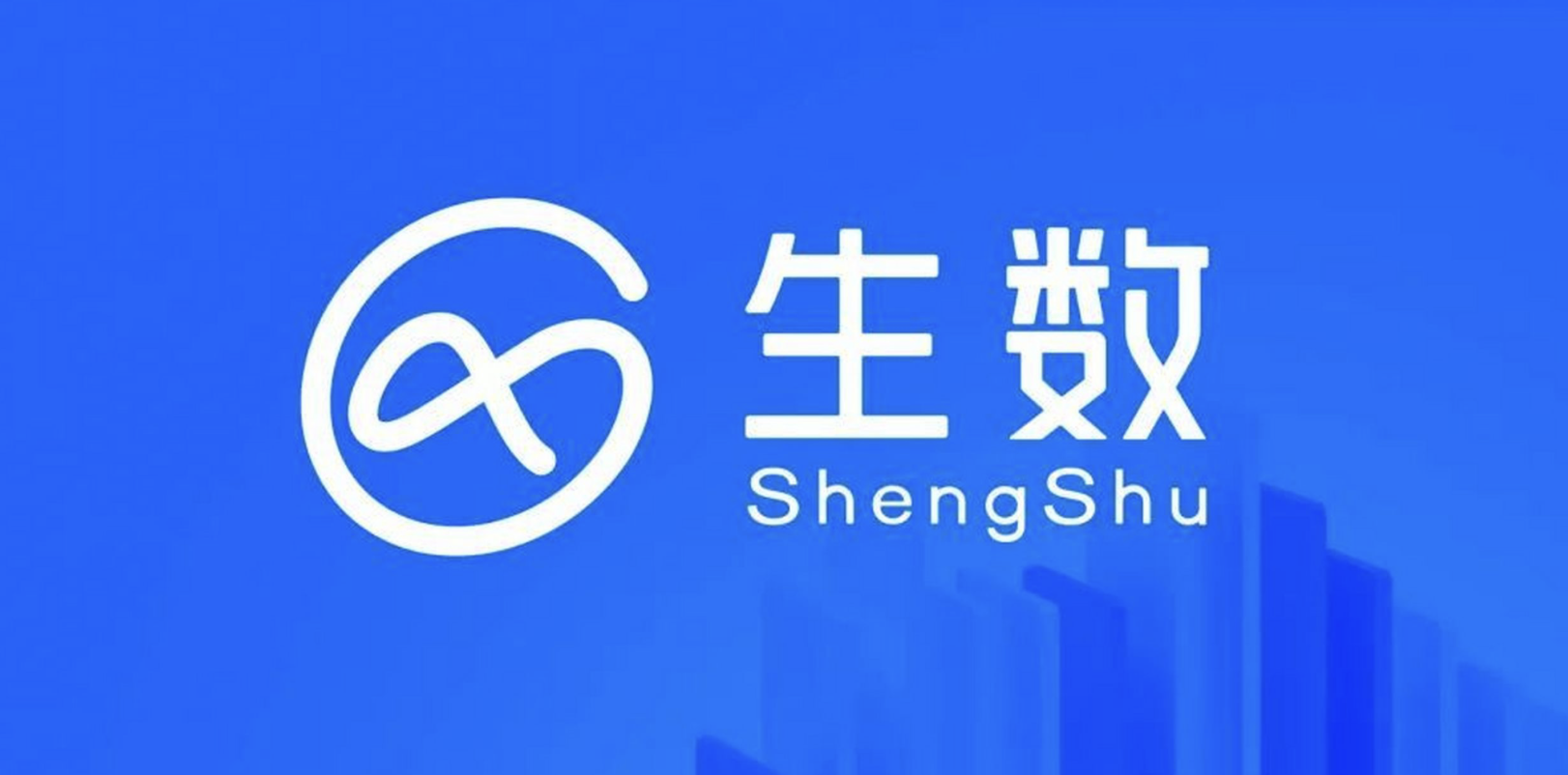Authors:
(1) Rasoul Samani, School of Electrical and Computer Engineering, Isfahan University of Technology and this author contributed equally to this work;
(2) Mohammad Dehghani, School of Electrical and Computer Engineering, University of Tehran, Tehran, Iran and this author contributed equally to this work ([email protected]);
(3) Fahime Shahrokh, School of Electrical and Computer Engineering, Isfahan University of Technology.
Table of Links
Abstract and 1. Introduction
2. Related Works
3. Methodology and 3.1 Data
3.2 Data preprocessing
3.3. Predictive models
4. Evaluation
4.1. Evaluation metrics
4.2. Results and discussion
5. Conclusion and References
Abstract
Hospital readmission, defined as patients being re-hospitalized shortly after discharge, is a critical concern as it impacts patient outcomes and healthcare costs. Identifying patients at risk of readmission allows for timely interventions, reducing re-hospitalization rates and overall treatment costs. This study focuses on predicting patient readmission within less than 30 days using text mining techniques applied to discharge report texts from electronic health records (EHR). Various machine learning and deep learning methods were employed to develop a classification model for this purpose. A novel aspect of this research involves leveraging the Bio-Discharge Summary Bert (BDSS) model along with principal component analysis (PCA) feature extraction to preprocess data for deep learning model input. Our analysis of the MIMIC-III dataset indicates that our approach, which combines the BDSS model with a multilayer perceptron (MLP), outperforms state-of-the-art methods. This model achieved a recall of 94% and an area under the curve (AUC) of 75%, showcasing its effectiveness in predicting patient readmissions. This study contributes to the advancement of predictive modeling in healthcare by integrating text mining techniques with deep learning algorithms to improve patient outcomes and optimize resource allocation.
1. Introduction
The healthcare sector of the country is among the fields that impose substantial costs on the government and insurance organizations annually [1]. The digitization of patients’ medical records, in addition to enhancing the quality of medical services provided to citizens, will establish the foundation for numerous cost savings in the country’s healthcare expenditure [2, 3]. Online healthcare services rely significantly on EHR to store, exchange, and manage patients’ medical information effectively [4]. One of the examined metrics in the realm of improving treatment quality and achieving financial savings is the utilization of electronic patient files to monitor the readmission rate of patients in hospitals [5].
Hospital readmission refers to the process in which a patient, having been discharged from the hospital, returns and is readmitted within a specific and relatively short period [6]. The readmission rate of a hospital is currently regarded as an indicator of the hospital’s performance quality in certain circumstances. A high level of this metric has adverse effects on patient care costs [7]. Consequently, medical service centers have introduced a plan to mitigate hospital readmissions [8]. The goal of this approach is to enhance patient care quality and reduce medical care expenses. In instances where the rate of patient readmissions exceeds acceptable levels, hospitals may face financial penalties [9, 10].
Different studies have investigated the influential factors contributing to the rate of patient readmissions to hospitals and have aimed to predict the probability of a patient being readmitted within a short period after discharge (e.g., 30 days, 70 days, and 90 days) [11-13]. Most predictive approaches have primarily considered the patient’s most recent hospital visit. One of the effective methods for preventing rapid and repeated patient readmissions to the hospital is the utilization of artificial intelligence (AI) and its predictive approaches. These approaches enable the prediction and identification of patients who are highly likely to return to the hospital. Subsequently, more accurate and appropriate treatment decisions can be made to reduce this probability [14].
Text mining, as a subset of artificial intelligence, aims to tackle specific tasks like identifying relevant documents and extracting important details from them, contributing to problem-solving efforts within various domains [15]. In healthcare, many studies have utilized text mining methods to either classify patients into pre-defined groups or extract valuable insights from various sources such as clinical notes [16], academic publications [17], and social media where patients share their experiences and information [18].
In this study, utilizing clinical notes, a range of machine learning and deep learning models including logistic regression, random forest, K-nearest neighbors (KNN), support vector machine (SVM), Gaussian naive Bayes, and MLP were employed to construct a predictive model for patient readmission. Our study makes several notable contributions:
(1) Wide Range of Models: In contrast to previous approaches primarily relying on machine learning, our research systematically compared a wide range of machine learning and deep learning models. As a result, we identified the most accurate predictive model.
(2) Advanced Text Representation: In addition to Term Frequency-Inverse Document Frequency (TF-IDF), we employed the BDSS model for word embedding to encode clinical text data. Furthermore, we utilized PCA for dimensionality reduction, enhancing computational efficiency.
(3) Size of Dataset: Diverging from prior approaches, our study boldly deployed the proposed models across the entire dataset, even in the face of significant imbalance.
(4) Addressing Imbalanced Datasets: In stark contrast to prior methodologies that leaned on under sampling or oversampling, our study confidently refrained from employing data balancing techniques. Remarkably, our models exhibited commendable performance, underscoring their robustness and efficacy.
(5) Input Features: Our investigation exclusively utilized textual features, intentionally avoiding any dependence on demographic attributes. This deliberate choice allowed us to focus on the intrinsic content of the data, unencumbered by external factors.
The rest of paper is organized as follows: Section 2 provides a review of related work. Section 3 outlines the proposed model, which includes introducing the dataset, detailing preprocessing steps, and describing the learning models employed. Section 4 presents the results obtained from the experiments conducted and provides a discussion on the findings. Finally, Section 5 concludes the paper.










